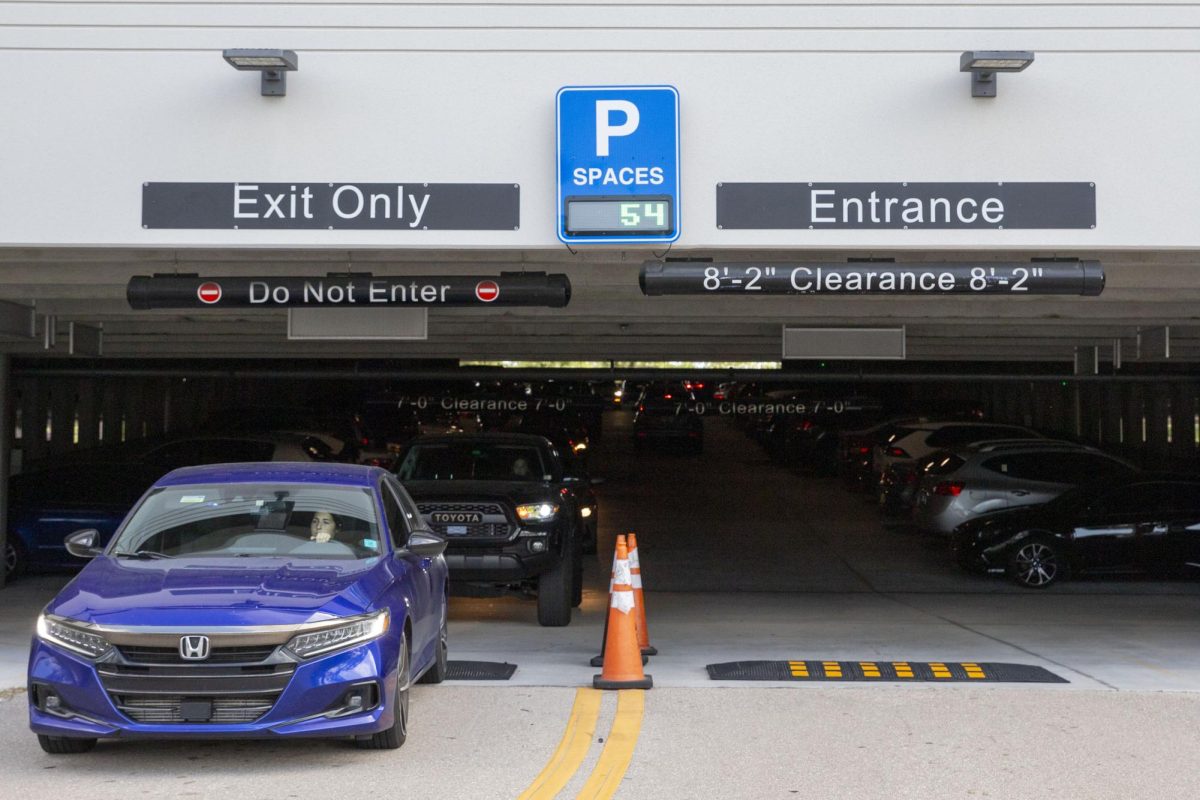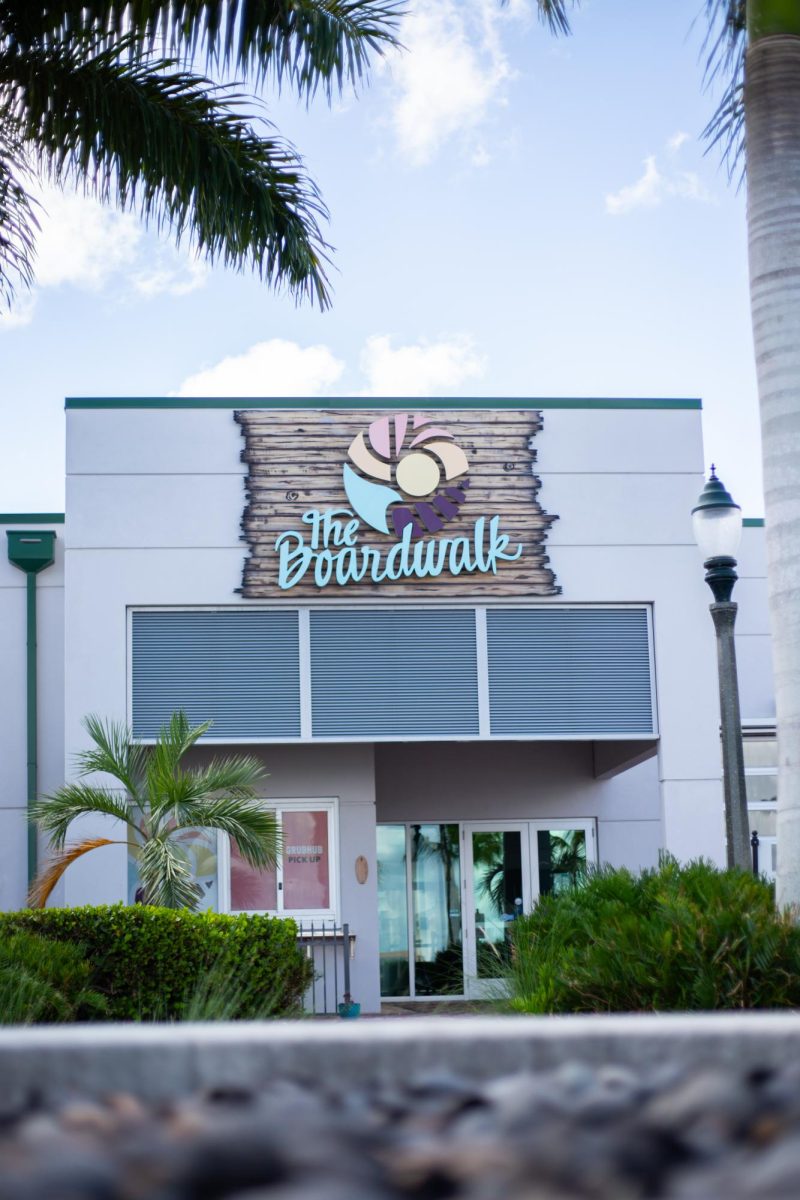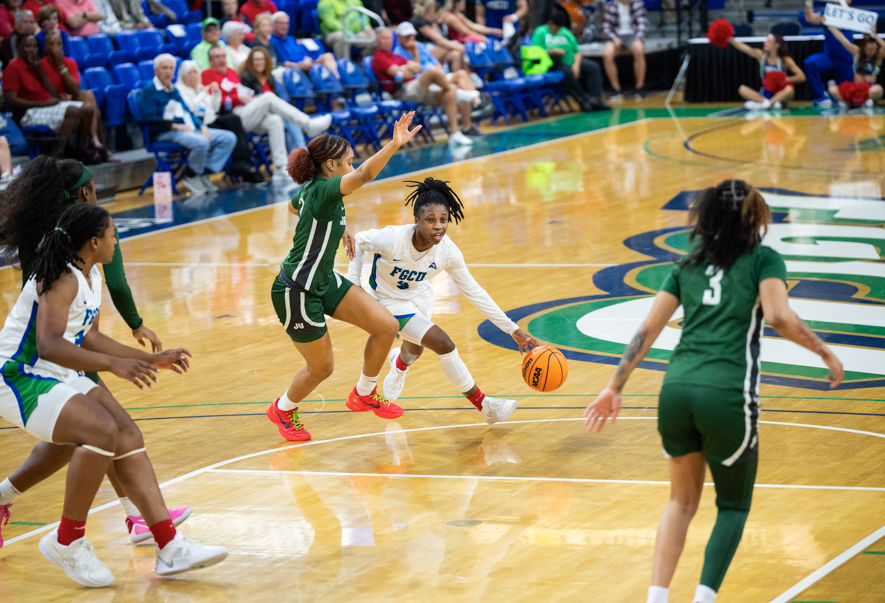“Back to the Future Part II,” the second installment of Robert Zemeckis’ classic trilogy, followed our favorite time-traveling teenager as he visited the far–off year of 2015. Marty McFly came in contact with hover boards, virtual-reality goggles and large screen TVs while trying to save his future children from disappearing forever. Oct. 21, 2015, is finally upon us, which brings up the question: what did the film get right, and what did it get wrong?
Released in November 1989, the sequel correctly predicted several aspects of the year 2015 while also completely missing others.
In 1989’s 2015, McFly and Doc Brown ditch ground transportation in favor of flying cars. The famous saying “Where we’re going, we don’t need roads,” sadly does not apply to modern day 2015. Terrafugia, a Boston-based company that aims to combine aviation and automotive technology, promised to sell a model by 2012; however, the business has failed to get itself off the ground (pun intended).
Notorious bully Biff Tannen pays his taxi driver by scanning his thumb-print in the film, which is not so far off from our current use of the Uber app to pay for late night rides to and from bars.
Perhaps the most iconic prop from the movie is the hot pink hover board that Marty uses during his time in future. While luxury car company Lexus released a video of a working hover board this past August, it was soon revealed the board relied on a metal track that was buried underground. Several different types of non-hovering hover boards have been gracing college campuses across the country, but there is no hovering involved. The boards are simply Segways without the handle.
While Marty’s talking jacket hasn’t made an appearance at any recent New York Fashion Weeks, we are several steps closer to wearable technology, with the release of the Apple Watch. Nike has actually filed a patent for self-lacing shoes similar to the once featured in the sequel.
In “Back to the Future Part II” there’s no need to pump your own gas. Mechanical car fuel attendants are seen throughout the film, cutting out the need for any excess movement while fueling up. Researchers in The Netherlands have started testing similar devices, calling it the TankPitstop project.
While the film included robots and self-cooking ovens, there were absolutely no smart phones. Marty Jr. is seen using an AT&T brand payphone at one point in the film instead. Even Stanley Kubrick’s 2001: A Space Odyssey featured iPad-like devices, and it was released twenty years earlier.
“Back to the Future Part II” might not have predicted 2015’s Apple devices, but there’s always 2019 to look forward to, the year that 1982 sci-fi classic Blade Runner took place in.
Categories:
Back to the Future Day is finally here – here’s what the movie predicted
October 21, 2015
Story continues below advertisement
0
More to Discover






























